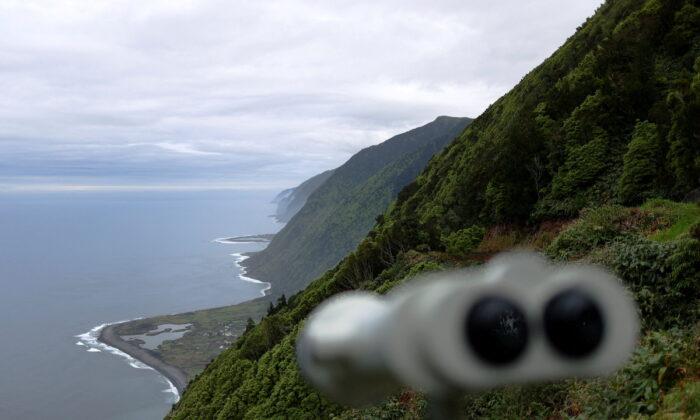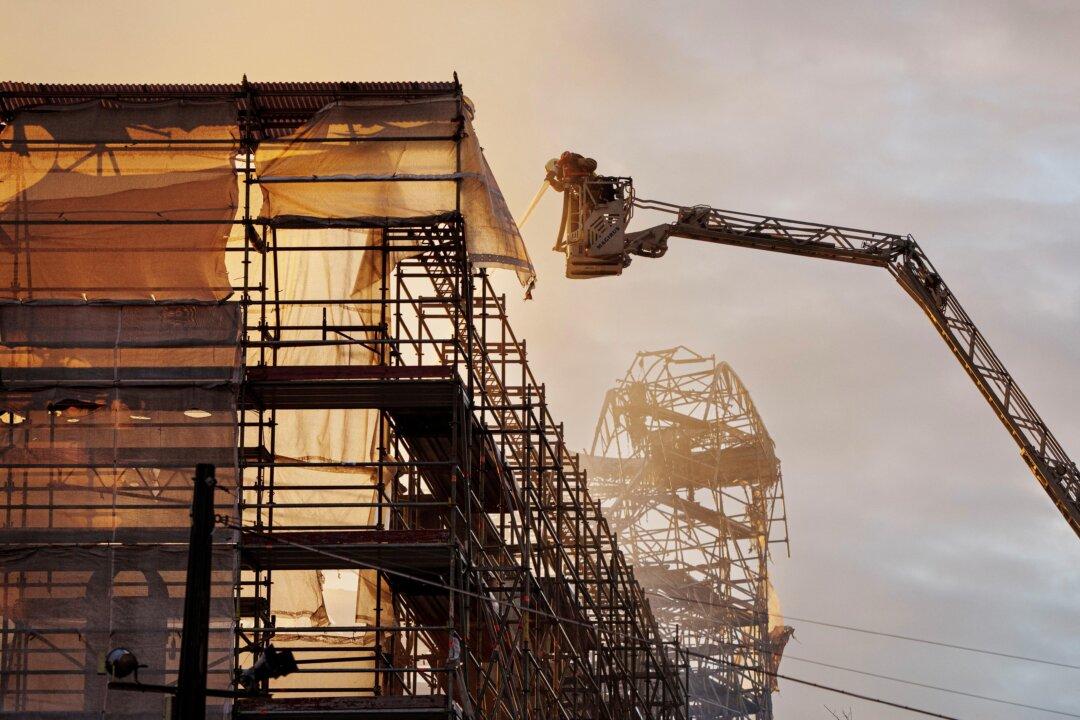LISBON—Volcano-tectonic tremors, which indicate the movement of magma, were recorded on the earthquake-hit mid-Atlantic Azores island of Sao Jorge for the first time since a worrying seismic crisis began more than two weeks ago, authorities said on Wednesday.
The lush green volcanic island, in Portugal’s Azores archipelago, has been hit by 27,626 small tremors and there are fears the activity could herald an eruption or a powerful earthquake.
Fatima Viveiros, from the region’s CIVISA seismo-volcanic surveillance centre, said volcano-tectonic earthquakes, also known as hybrid, happen when there is a “fusion” of high-frequency tectonic tremors with low-frequency volcanic ones.
“[It] suggests the movement of fluids at depth,” Viveiros explained, adding that more earthquakes of that kind were expected. “These signals show what is to be expected in active volcanic systems.”
The volcanic alert is at Level 4 on a five-step scale, meaning there is a “real possibility” the volcano could erupt for the first time since 1808.
A 2015 study published on the Journal of Volcanology and Geothermal Research said volcano-tectonic earthquakes were “usually the earliest reported seismic precursor for eruptions at volcanoes that have been dormant for decades or more”.
CIVISA said an eruption was not was not imminent but said such a scenario could not be discounted.
So far, all the recorded earthquakes had been purely of tectonic origin rather than volcanic-tectonic as Wednesday’s tremors, reaching a magnitude of up to 3.8 and causing no damage.
According to the United States Geological Survey, volcano-tectonic earthquakes can occur due to “normal tectonic forces, changing stresses caused by moving magma and movement of fluids through pre-existing cracks”.
Azores’ emergency plan was activated on March 23, four days after the seismic crisis began, an evacuation strategy has been prepared in case of need, and various resources have been deployed to the island.






Friends Read Free